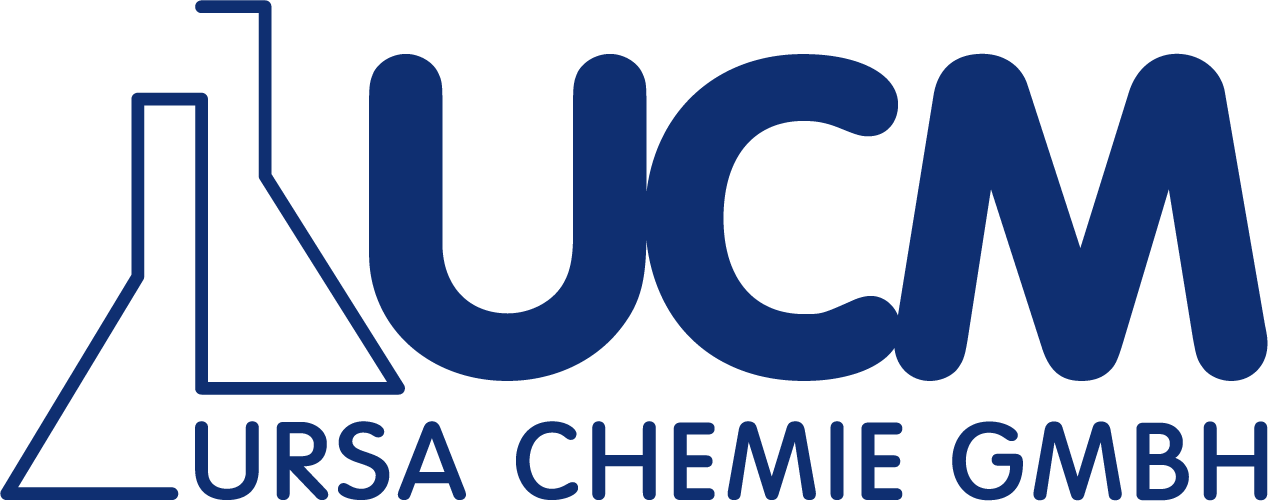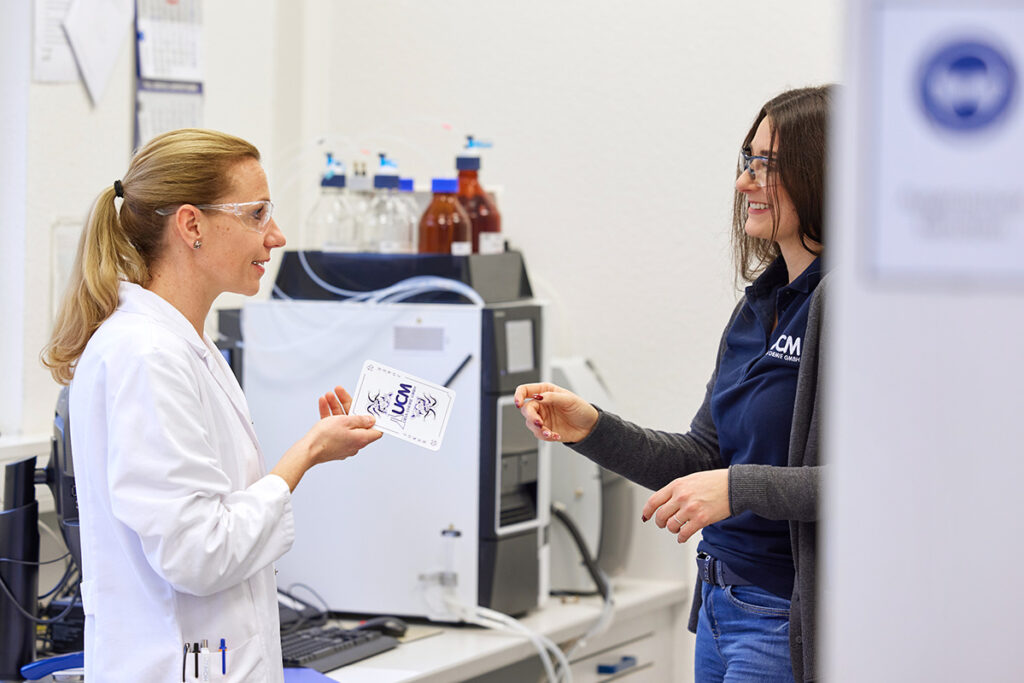Chromatography is a key technology in analytical chemistry that enables us to precisely separate and analyse substances.
What is chromatography and how does it work?
Chromatography is a method for separating different substances in a mixture. This is done by moving the substances through a stationary phase and separating them on the basis of their different properties. At Ursa-Chemie we use two main types of chromatography: high performance liquid chromatography (HPLC) and gas chromatography (GC).
HPLC – The art of liquid separation:
HPLC is based on the principle of the distribution of substances between a mobile phase (e.g. a solvent) and a stationary phase (packed separation columns). The substances to be separated are applied to the stationary phase under high pressure and moved through the mobile phase. Due to different interactions with the stationary phase, the substances are retained to different degrees and thus separated from each other. Physical or chemical properties such as polarity, size or charge play a decisive role here.
After separation, the substances must be detected to enable their identification and quantification. At Ursa-Chemie we use various detection methods, including the PDA detector (UV-VIS detector), which is particularly suitable for substances that absorb in the UV or visible range, and the ELSD detector (light scattering detector), which is used for UV inactive substances.
GC – The art of gaseous separation:
Gas chromatography is based on the same principle as HPLC. However, here the mobile phase is an inert gas (nitrogen) and the stationary phase is a long capillary column. At extremely high temperatures (up to 380 °C), the analytes are gaseous or vaporised and moved through the capillary column with the nitrogen. Detection is carried out using a flame ionisation detector (FID), which is particularly suitable for organic compounds.
The choice of detection methods always depends on the specific properties of the substance to be analysed and the requirements for sensitivity, selectivity and accuracy of the analysis.
Overall, chromatography at Ursa-Chemie enables us to carry out precise analyses that are of crucial importance in various industries. The combination of HPLC and GC allows us to analyse a wide range of substances with the highest accuracy and helps to ensure the quality of our products. We are proud to utilise these technologies and thus make a contribution to the further development of analytical chemistry.


